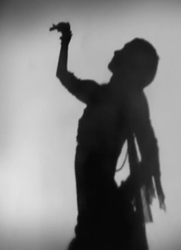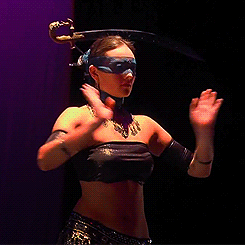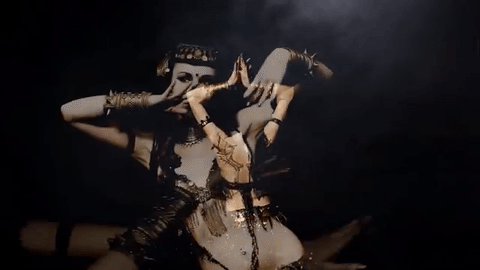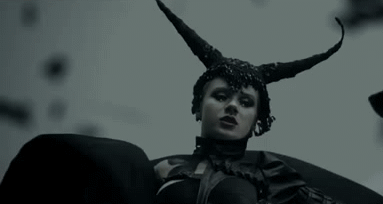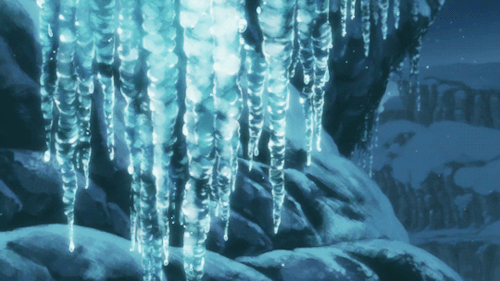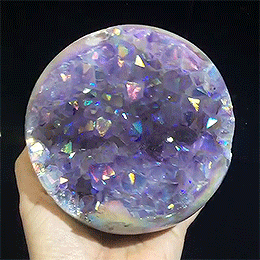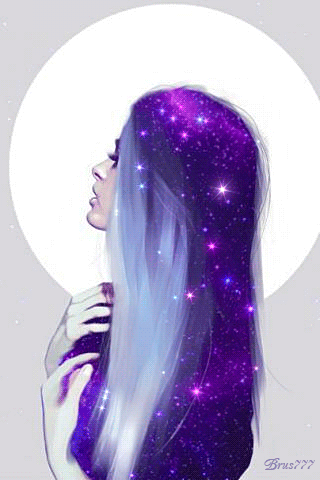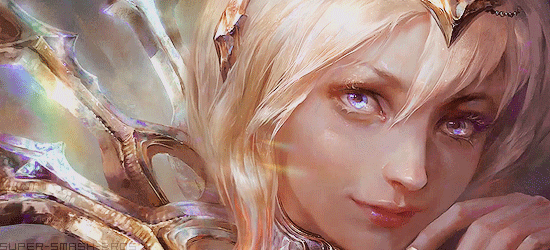Photo










Rastaban / Seryndra moodboard
#character: rastaban#character: seryndra#hope this makes sense#this one was painful for me to complete
5 notes
·
View notes
Photo



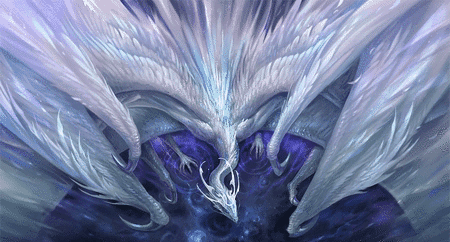

Rastaban moodboard
3 notes
·
View notes
Photo




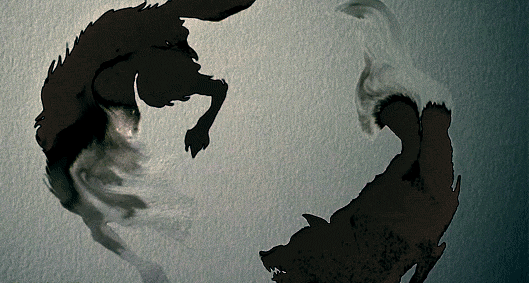

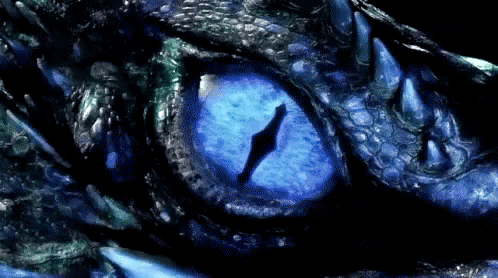


Orionis / Lyra & Procyon moodboard
3 notes
·
View notes
Photo





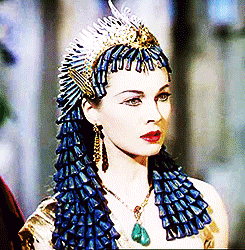




High Priestess Damaris moodboard
4 notes
·
View notes
Photo




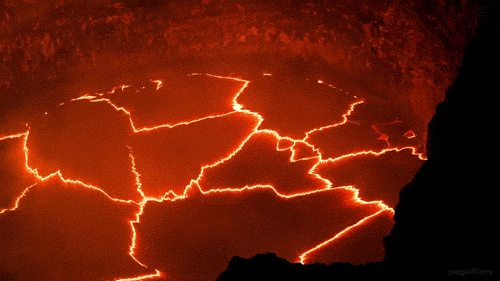
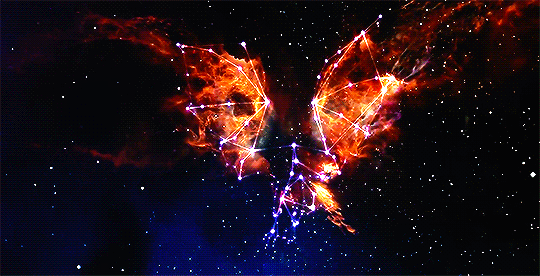

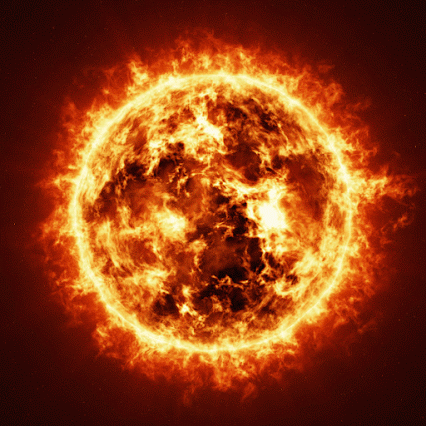


Red Phoenix/Aquila moodboard
7 notes
·
View notes
Photo

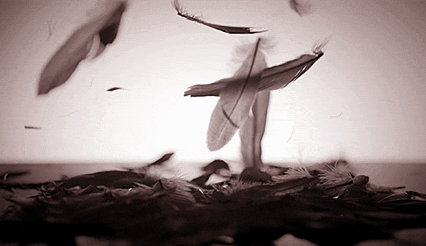






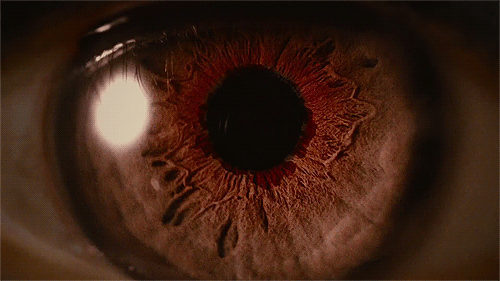
Aquila’s resurrection moodboard
Based on Icarus and Egyptian mythology this sort of tells Aquila’s first brush with death and the fire spirit and her transformation into a phoenix.
#Character: Aquila#race: avian#I got inspired by you vivi#haha#hope it makes sense#just pretend the male imagery is female instead I couldn't find gifs#doesn't matter#I guess this is kinda obvious
6 notes
·
View notes
Photo


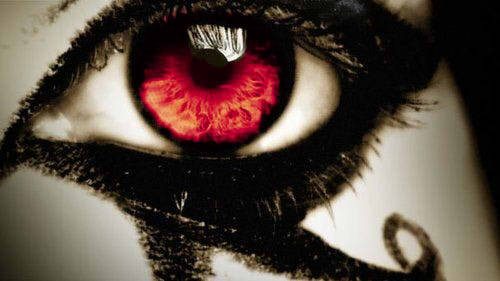

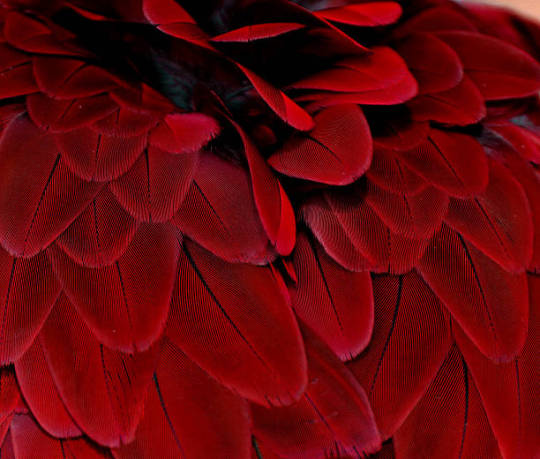


Aquila + Suzaku: red phoenix phenotype
5 notes
·
View notes
Text
The significance of the moon
Take a closer look at how some of my characters relate to the triple goddess archetype, and the phases of the moon, which represents Polaris:
If you notice, almost all of my draconian characters have some kind of face painting, especially the ladies of Draetera, and I think this has some special meaning. The cheeks are usually marked with sharp strokes of varying size/length and these usually occupy the same place the armor of scales when they transform into feral form… yet, in the forehead, they usually wear some interesting shapes which sits above a very special part of their body (upon the ‘third eye’ junction (more on that later)).
It works with them if you think about it… with time I have assigned a few traits of this scheme to each of my characters:

Before I even begin, as a side note, all of them are able to grow past and beyond this… I haven’t really made the conscious decision of it, but in the end they really suit the archetype. As I was drawing Sindra, she (almost) always had the moon shape facing the same side as a waning moon, and when I drew Nix (under a friend’s idea) she had the same sign, just turned to the other side, exactly like a crescent moon. It just worked. I just decided to give a full moon to the older ladies and it works perfectly if you think about it…
Nix:
She wears a crescent moon shape on her forehead. Nix is the maiden.
She represents new beginnings, innocence, purity. She’s young and kind and (at least in the beginning), unaware to a certain extent of the evils of the world… she has been protected her whole life and has a lot to learn, she has a lot of room for growing yet.
Nix is sensible, creative (artistic) and spiritual. She is also very curious and has an exuberant, charming personality, she is a very positive and dreamy person… yet her inexperience makes her quite naive. Nix has the ability to grow and is associated with transformation clues such as her changing hair color and her personal animal theme is about insects, more specifically butterflies..
Seryndra:
Sometimes wore a full moon shape on her forehead*. Seryndra is the mother.
Seryndra is more than just a mother in the biological sense. Through her allegedly connection with the ancestral goddess Astraea, she’s the ‘mother’ of her own race and of all races in the end, she is the originator, protector of their legacy. She is nurturing and represents love, dedication, protection (human people also pray to Astraea for mercy and when they have some trouble). Seryndra was also a mother-like figure to her own younger sister, Kigaly.. though they had little age difference, she was kind and understanding and served as a beacon of hope for her on her difficult childhood. Remember how Kigaly was a little shunned by her own family and the community for having malformed horns, and Seryndra was always there to back her up and protect her.
Seryndra was gentle, wise and was very romantic. She was intelligent and powerful beyond imagination, yet humble.. she was very intellectual and learned and focused on these matters instead of her physical strength. Seryndra is also connected to the water element, which suits the full moon theme here.
She used her ancient power and wisdom to bring hope and nourishment to the world, she was fiercely protective over all she created and loved. Seryndra loved her spouse intensely on all levels: carnal, intellectual and spiritual, so it ties to the sensual aspect of the mother archetype, she also had two children, which is not very common among draconians, tying to the fertility aspect..
Seryndra is gone from the world and wrapped in legends, she is highly idealized and loved by a lot of people.

Now, she is distant and cold but ever present, just like the stars… a guiding light in the darkness. I like to think of that. I see her more or less leaving the ‘full moon’ position, and ascending to her role beyond, as the gentle mantle of stars.
She is definitely the starry night sky… which was always her true theme and destiny.
*I say sometimes, because I also draw Seryndra with the turned down shape (like an U) which basically is the royal symbol, the crown of Draetera takes the same shape, it basically represents a balance of all phases of the moon:

But Seryndra often wore the round, full moon shape under her crown, especially after having her children.
Sindra:
Wears the waning moon symbol. Sindra is the crone.

She is the reaper, the Moirai, Atropos: bringer of death. She is the ending. Physically she is young, but her soul is ‘old’, she’s tired and hurt… she represents justice, vengeance.. she’s the darkness that all men should fear, she is the end of the cycle, which also brings about a new beginning.. the crone is not only about death, but wisdom, intuition and healing, she represents rebirth.
Sindra is inflexible, intelligent, perfectionist and goal-oriented. She is a very mysterious person, even sinister in a manner… and keeps most to herself, she can be ruthless and even cruel, if need be. She is also very protective for those she loves, even through she tries to keep her emotions in check (the world has taught her to act cold to protect herself). Sindra is a very selfless person, in the end she has a very utilitarian view of life.
“The Crone energies are like the winter, quiet and still. Her outward face is hidden, and she is turned completely inward.” This is basically Sindra.
I put Sindra in the crone archetype here, but its a cycle, so she can easily transcend all the way back to a maiden aspect and even further, she is young and forced to grow up.. she is almost like someone who have had no childhood. It was taken from her, and she feels it heavily. Nix was too young to feel it as much.
Sindra carries all the pain and responsibility to avenge her parents and protect their legacy on her shoulders, but it brings a lot of conflicts to her person. She wants to understand them, but she also wants to avenge them, and it would mean leaving behind their desire of diplomacy… Sindra will grow a lot through her story, so putting her as the crone here doesn’t mean she is at the end of her evolution, she will have to learn it all and balance it out.
Kigaly:
But then we have Kigaly. Kigaly, after Seryndra’s death… ascends to the mother position. Kigaly also wears a full moon shape on her forehead, but its red, instead of the traditional purple paint, sign of her lineage. The blood moon, which also has its own special meaning in the story.
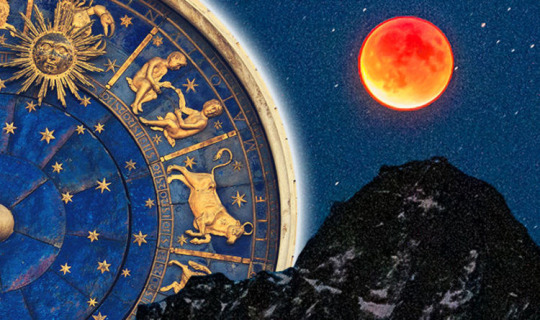
In this sense, Kigaly is a ‘twist’ of the mother figure, she’s the breaker of the cycle, the unnatural, the perverted version of the mother: the one who goes against it all. Kigaly is the underworld, the unseen.
She is a necromancer, in a way.. also a bringer of life, she never had her own children, but the undead. She is also a mother figure to her nieces, even if a darker one. She has been stained by the happenings of her life, she had the capacity to become as bright as Seryndra, but she grew in her shadows… Kigaly is obviously also a motherly figure to her nieces and of course, as queen of Draetera, a protector to her people and their legacy.
In a sense, Kigaly carries the dark mother archetype.
Kigaly is intelligent, curious, she is also passionate, lustful (mostly for power), and loves intensely those that matter to her, she never forgets, she never forgives. She is a very intense person and very empathetic, which leads to a lot of suffering and misleading through her life. Kigaly swings between emotional extremes and have difficulty maintaining harmony on her life, she harms herself in the process.
Kigaly never had biological children, and she is basically gray/asexual (but she is very romantic) which is another twist of her mother-like role here, yet she is still in this archetype. Kigaly sort of counters the aspects that are so strong on her sister and it relates to the complex, darker aspects of the mother archetype. She is an inversion of this, and I can relate to her in a way… in my researches I noticed the mother aspect is much more than fertility/having children and I wanted to make sense here with Kigaly.
In this sense, I find this reading interesting: “ We can’t be fully empowered in our capacity for light if we have not fully acknowledged our capacity for the dark. It can become a negative spiral–we deny our negative feelings, and we project them onto others in dysfunctional ways, which can create more shame.”
Dragons and the moon:
The moon itself is an ever-present theme in my story. I was always enamored by it and the reason in universe is tied closely to the own ancestors of the draconians of Draetera: Polaris and Ishanur (more on that later)… but:
As a mean of debate, let’s just say I have the opposite pair of sun and moon in my story and its deeply ingrained, but that’s for another post as its much bigger. This one post focuses on the moon and its relation to draconians of Draterea. Let’s just say its a little version of the duality we have here, in which the moon and its light represents Polaris, and darkness/ absence of light represents Ishanur.

Of course, there are more phenomena related to the moon (such as eclipses (lunar/solar), blue moon, etc..) which also have their own meaning on my world.
Talking about that, after the three visible phases of the moon, comes three days of darkness, the dark moon. I have yet to assign anything to this, but also… this is probably the reason the male draconians don’t wear the forehead symbols often, they represent the dark moon, perhaps? Taking after their father, Ishanur, while the females follow the fashion of mother Polaris. There are many possibilities to be explored yet..
Lets just say, among the moon phenomena.. the eclipses are strongly related to Ishanur, the own ruler of the aspect of darkness…. Ishanur is stronger there, when the moon is not present… but its also his misery because he is symbolically in love with the ‘moon itself’ (Polaris), which makes an interesting symbolism and explain why his priest, Eltanin has moonlit hair…
The moon is the only light source in the abyss, his domain. The sun never shines directly there, the moon is responsible for any light that gets there.
The moon represents the unattainable here, the ideal..
But if the abyss is enamored with the moon, just imagine when it glimpses the sun in all its radiance and splendor, in the form of the phoenix… but that’s for another story.
9 notes
·
View notes
Text
Ancient dichotomy
Eagle/Phoenix vs Serpent/Dragon: sacred vs unholy
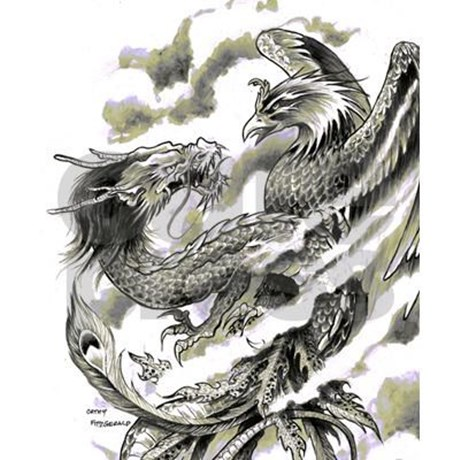
I wanna talk about something that is central to my lore and story, and one of my favorite themes to work with: duality, in this case a very specific one.
In mythology around the world, the eagle and the snake represent the conflict of opposites. Predator and prey, interchangeable, locked in eternal dance.
They are the precursors to my whole concept of phoenix and dragon.
In most cultures, eagles are seen as visionaries and messengers of the gods, while snakes represent transformation, death and rebirth (growth). This dichotomy is very commonly found in imagery around the world and mirrors my own stuff with the whole rivalry between the primeval gods, the eternal dance of the cosmos and ultimately avians and draconians.

The meaning of the battling serpent and eagle found in western imagery ties directly with the symbolism of both animals.
The eagle is a logical choice for representing a group, or the power of god. It stands for admirable, intimidating power, which is why it appears in connection with so many political entities.
The serpent represents many things, including healing, fertility, poison and medicine.. whoever in the west its often associated with evil, vengefulness and vindictiveness because of the Bible story in which the snake offers Eve the fruit from the forbidden tree, “the tree of the knowledge of good and evil.”
However, as we’ll see next, the relation between both entities isn't fixed.
Egyptian falcon and snake:
Serpents weren't regarded as symbols of evil in Ancient Egypt, however, there’s still some animosity between the falcon god Horus and them.

Seth, the enemy of Horus is sometimes refereed as “the serpent”. Horus role as the opponent of Seth is assumed as the most sacred bird of the Egyptians, the falcon, attacking Seth whom takes refuge in a hole in the ground, like a snake. However they’re shown to cooperate at times and the primeval antagonism is clouded by the joining of Nekhebet the vulture goddess of upper Egypt and the Wadjet serpent of lower Egypt on royal diadems.
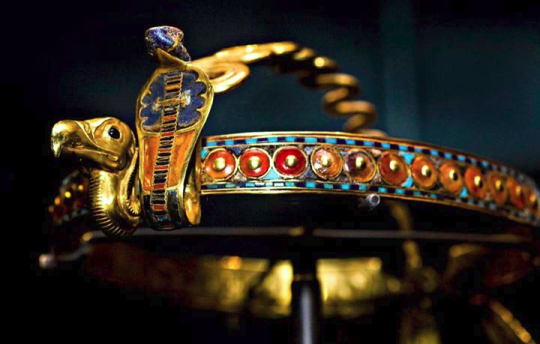
During the late period when Horus became a popular god he was sometimes represented as a naked child standing above a crocodile holding in his hands snakes, scorpions and lions. Therefore Horus became known as an entity that interceded to heal and soothe snake bites and scorpion stings.
Even more interesting is the role of the primordial Egyptian serpent, Apep:
Ra was the solar deity, bringer of light, and thus the upholder of Ma'at. Apep was viewed as the greatest enemy of Ra, and so was given the title Enemy of Ra, and also "the Lord of Chaos". In later Egyptian dynastic times, Ra was merged with the god Horus, he was associated with the falcon or hawk.
As the personification of all that was evil, Apep was seen as a giant snake or serpent leading to such titles as Serpent from the Nile and Evil Lizard.

The Roman eagle also eats snakes:
Eagles killing snakes were popular subjects in Roman art. The sculpture was probably chosen to please the god Jupiter and depict the triumph of good over death and evil, but it was also a way for wealthy families to show off and commemorate their deceased loved ones.

Some other classical examples:
Mosaic floor from the Imperial Palace in Constantinople, showing eagle and serpent in battle:

A Homeric omen: A Greek wine cup with a scene of an eagle battling a snake. Homer’s description of a high-flying bird carrying a snake in its talons was an omen the Trojans saw as they attacked the Greek forces. Homer's snake was still alive and was dropped by the eagle before it could be eaten.

In the Persian mythology we have the Zahhāk (Avestan word for "serpent" or "dragon."), generally an evil figure, sometimes seen as enemy of the Simurgh (phoenix), adopted from a common source of cosmological knowledge.
The founding of Tenochtitlan, Mexico City:
The Mexican emblem shows an eagle devouring a serpent, which actually is in conflict with Mesoamerican belief. The original meanings of the symbols were different in numerous aspects, being the eagle a representation of the sun god Huitzilopochtli, who was very important to the ‘people of the sun’; and the snake a symbol of wisdom, with strong connotations to the god Quetzalcoatl.

The story of the eagle and snake was derived from an incorrect translation in which "the snake hisses", was mistranslated as "the snake is torn". Based on this error, the legend was misinterpreted and as a result the eagle represents all that is good and right, while the snake represents evil and sin, being used as an element of evangelism by the first missionaries to convert native people, as it conformed with European heraldic tradition and Christian lore.
Zodiac:
The eagle and the serpent are both variant symbols for the astrological sign of Scorpio, whose basic level, that of the scorpion was depicted by the ancient zodiac as the serpent. Both are poisonous creatures that hide under rocks, always ready to attack, representing negativity and resentment, yet strongly related to initiation into the sacred mysteries.
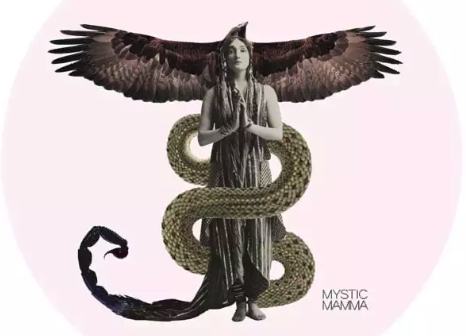
The eagle is another, higher level of the sign, regarding strength and wisdom, incidentally, the highest level is the phoenix, a ‘transformed eagle’ whom soared as a higher expression of the nature of this sign: transcendence from the crawling scorpion/snake to the soaring eagle/phoenix, tying together the theme of destruction and renewal.
Garuda and Nagas:
Now, going back a bit in time... The great nemesis of the nagas in the Mahabharata is the gigantic eagle-king Garuda.
According to Hindu and Buddhist stories, the giant, birdlike Garuda spends eternity killing snakelike Nagas. The feud started when both Garuda's mother and the Nagas' mother married the same husband. The husband then gave each wife one wish. The Nagas' mother asked for a thousand children. Garuda's mother wished for just two children who were superior to all of the Nagas. Their rivalry continued until Garuda's mother lost a bet and became the servant and prisoner of the Nagas' mother. Garuda was able to free his mother by stealing the nectar of immortality from the gods. But he swore vengeance for his mother's treatment and has been fighting Nagas ever since.

The Japanese version of the myth, called Karura, is said to be enormous, fire-breathing, and to feed on dragons/serpents, just as Garuda is the bane of Nagas. Only a dragon who possesses a special talisman, or one who has converted to the Buddhist teaching, can escape unharmed from the Karura.
Once more we witness the eternal rivalry between the eagle and the serpent.
Allegorical conclusion of the Christological cycle. The bird and the snake:
Early Christian writers used the phoenix bird as a symbol not only of resurrection in general but also of Christ himself. Here is an example of the Incarnation or a symbolic portrait of Christ overcoming the devil, depicted allegorically in the form of a bird fighting a serpent.

The Dragon:
As we've been able to witness, the serpent symbol is decidedly more ambiguous than the eagle, so I’d like to focus a bit on it:
With a few allegories one is able to establish the dragon as an entity derived from the snake, and the phoenix as an entity derived from the eagle. Now, going from the root symbol of serpent to its representation as the dragon:
A serpent and a dragon are often interchangeable in some proses, including the Bible and Old Norse poetry. The poem Beowulf describes a dragon also as wyrm (worm, or serpent) indicating a snake-like form and movement rather than with a lizard-like or dinosaur-like body. In the Far East, few distinctions are made between them.
Having established the dragon as the synonym of serpent, with similar meaning in the duality theme I’m working here... its noteworthy that the dragon usually carries negative connotations, especially in its more popular form, just as the phoenix usually carries positive connotations.
The medieval dragon. In medieval symbolism, dragons were often symbolic of apostasy and treachery, but also of anger and envy, and eventfully symbolized great calamity. Several heads were symbolic of decadence and oppression, and also of heresy. An evil dragon is often associated with a great hero who tries to slay it.

But dragons aren't always related to evil in traditional representation, just as their prototype, the serpent. In some countries, it was said a good dragon would give wise advice to those who seek it.
In ancient Greece, the snake figure was associated with Asclepios, the god of medicine, and possessed benevolent properties, believed to be able to cure a patient or a wounded person just by touch.
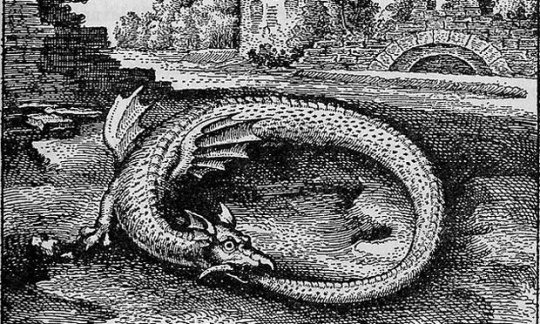
Also, a serpent biting its tail symbolized eternity and the soul of the world, being sometimes described as part dragon.. it surrounds the world. The alchemical symbol of the Ouroborus often carries positive connotations.
Fenghuang and Dragon, a more balanced view:
The fenghuang is a mythological bird of East Asia that reign over all other birds. The males were originally called feng and the females huang but such a distinction of gender is often no longer made and they are blurred into a single feminine entity so that the bird can be paired with the Chinese dragon, which is traditionally deemed male.
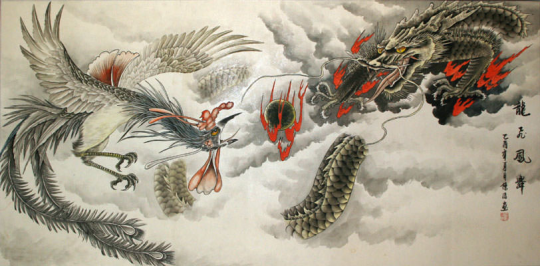
Fenghuang ,the "Sovereign of Birds" came to symbolize the empress when paired with a dragon as a dragon represented the emperor.
In ancient and modern Chinese culture, the fenghuang can often be found in the decorations for weddings or royalty, along with dragons. This is because the Chinese considered the dragon and phoenix symbolic of blissful relations between husband and wife, another common yang and yin metaphor.
Ancient & modern interpretations
Looking back its easy to see why those two archetypal symbols carry such antagonist interpretations... the eagle is easily a ‘good animal’. The eagle does not impact negatively human life (or it rarely does), quite the contrary. Birds of prey, including eagles, have been trained and used to our benefit, serving as companions and valuable hunting assets during our early history.
The eagle obviously has an impressive figure, and its always sky high.. human’s natural curiosity to see more of the world and have freedom has led us to naturally admire and envy animals able to fly. They are often carrying spiritual/divine connotations, on top of that, we’re both diurnal animals. An eagle is often seen or glimpsed under situations that are ‘positive’ to our primeval brains: its visage is often accompanied of imagery of large, open spaces, bright blue skies and sunlight, more or less comfortable scenarios that inspire feelings of freedom, awe and perhaps even religious reverence.
The soaring eagle rises above earthly limitations.
The serpent otherwise carries strong negative connotation to primitive humans, it is visually connected with the underworld and darker places, the unknown, the unseen... not only because it crawls on the ground, but because it can bring death, its easily a dangerous creature and its rather easy to see why it served as inspiration to so many mythological creatures as it inspired a lot of fear in our ancestors. Its almost like a primeval fear, imprinted in our brains...

However, as the lines between light and darkness become blurred and the definitions of symbolism gains new interpretations in our modern era, the ancient meanings still carry a lot of weight, still... in the recent history, the eagle, a supreme symbol of divine light has gained a certain negative connotation: imperialism and supremacy: claws grasping for power, wings outstretched, its shadow covering the world... while its counterpart, the serpent, has also emerged from the underworld and has been adopted as the symbol of the modern medical profession and the image of these animals has strongly improved with the knowledge of biology and of their nature.
Converging meaning
The eagle and the snake are some of the symbols with the strongest presence in the history of mankind. Separately they have their presence widespread, while together we have a more interesting conflict.
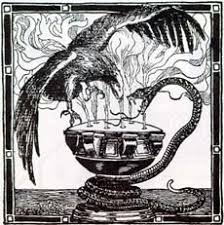
In the modern view of most myths, these two symbols clearly express fundamental opposites: height/depth, heaven/earth, etc... however it wasn't always the case, and sometimes these symbols cooperate, or act as halves of the same whole. Specially regarding the serpent half, if you dig just a little its easy to start finding more sensible or sympathetic incarnations of this animal through the world mythology, with more benign variations such as the eastern dragon. It becomes clear that the dichotomy isn't so simple as ‘life against death’ or ‘good against evil’.
Together they are a pair of opposites: the soaring and the creeping.
I think that, concerning those aspects.. the far eastern mythologies offer the best incarnation of the primeval duo or eagle and serpent, the phoenix and the dragon.
I want to work my phoenixes and dragons for something in between, they’re capable of great destruction as much as they’re capable of great good.
The Eagle and the Serpent as One Entity
In my world, the phoenix and dragon have superficial and deep meanings. Its easy to overlook their more common representation as opposites, and delegate the phoenix with positive meaning while the dragon is surrounded by negative energy, and its easy to simply do the opposite.. I mean to find a balance between the two.
When the eagle and serpent are perfectly paired as opposites, and equals... as phoenix and dragon, the superlative form of these creatures... they represent not victory and defeat, not light and darkness nor good and evil, but dynamic cosmic completion, the union of spirit and matter, as shown in the common emblem of their cosmic dance:
United they are stronger, they are whole. This is the force that drives the universe as the celestial bird and the serpent wheel around each other forever, in perfect balance of opposite energies, or ideally it should be like this..
It is such an interesting and very ancient symbol.. like yin yang..or the masculine and the feminine.. it shows two powerful people combining forces to create something very dynamic or shape shifting.. being able to shape a new reality..
It’s left for the characters to find common ground and forge a better future.
55 notes
·
View notes
Photo
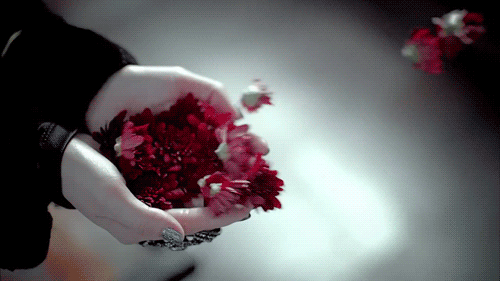
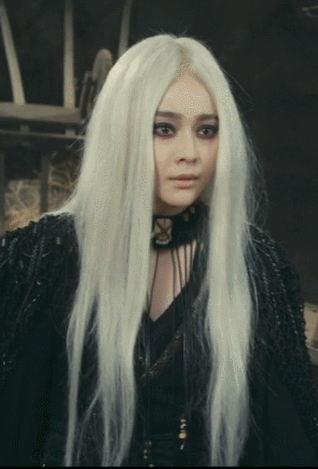



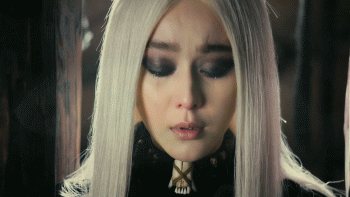




(The White Haired Witch of Lunar Kingdom ) as Kigaly
10 notes
·
View notes
Photo
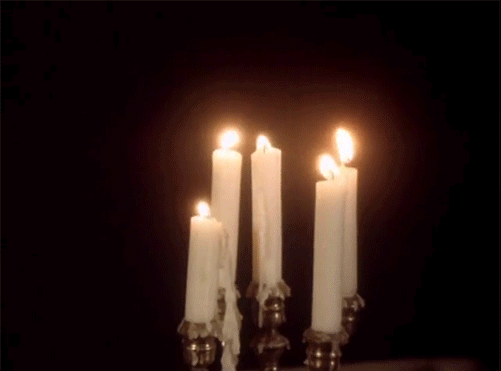


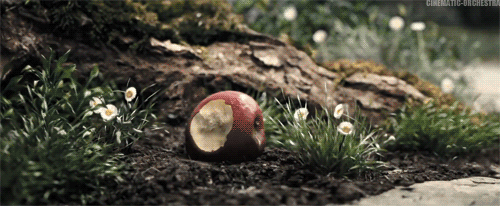




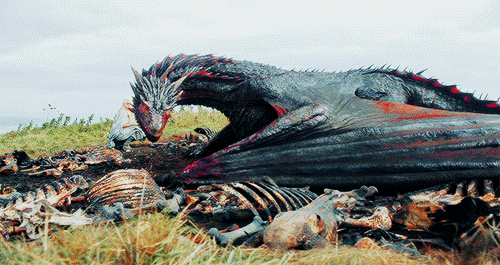

Kigaly/Necromancy moodboard
4 notes
·
View notes
Photo





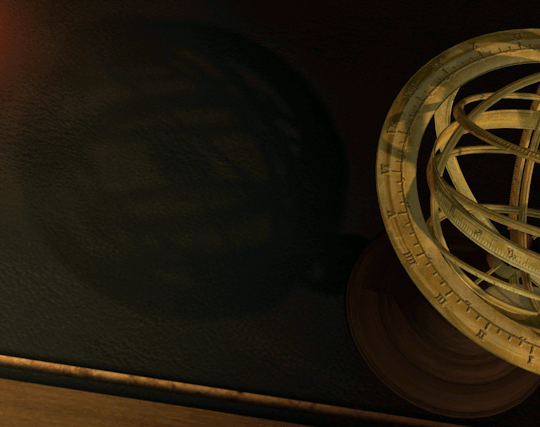

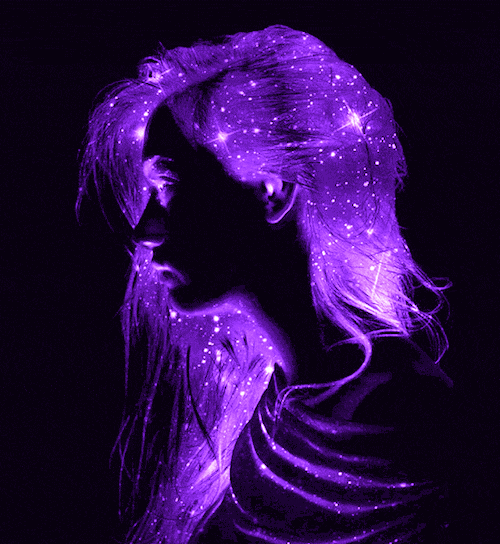

Seryndra moodboard
4 notes
·
View notes
Photo
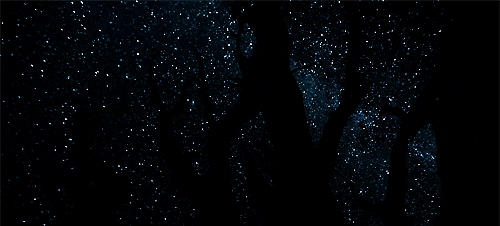
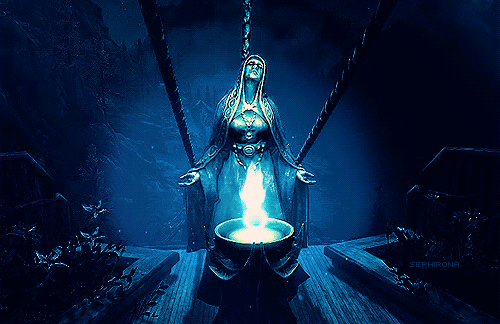

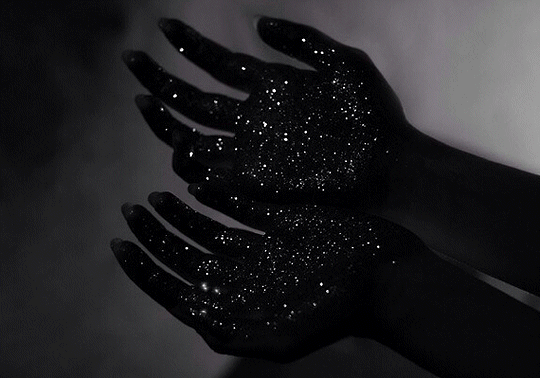



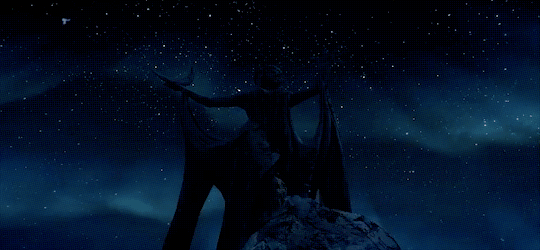
Arista/Astraea moodboard
3 notes
·
View notes
Photo










Draetera moodboard: The Far North
1 note
·
View note
Photo
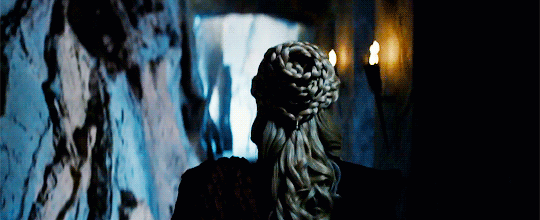

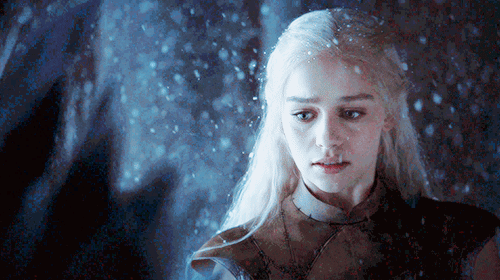
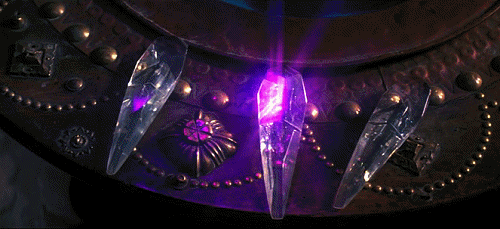

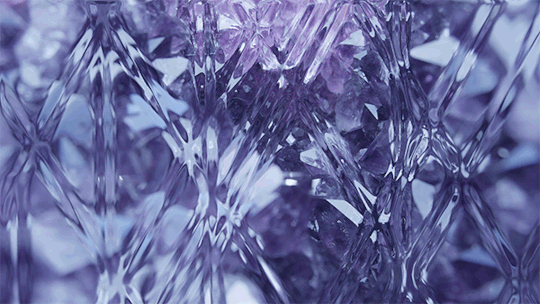
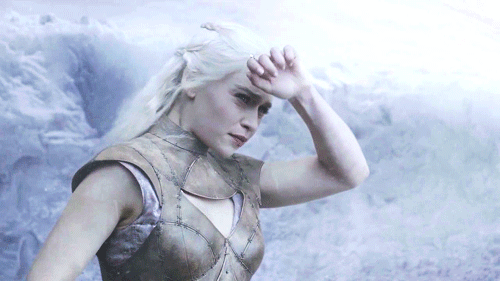
Daenerys Targaryen (GoT) as Sindra
4 notes
·
View notes
